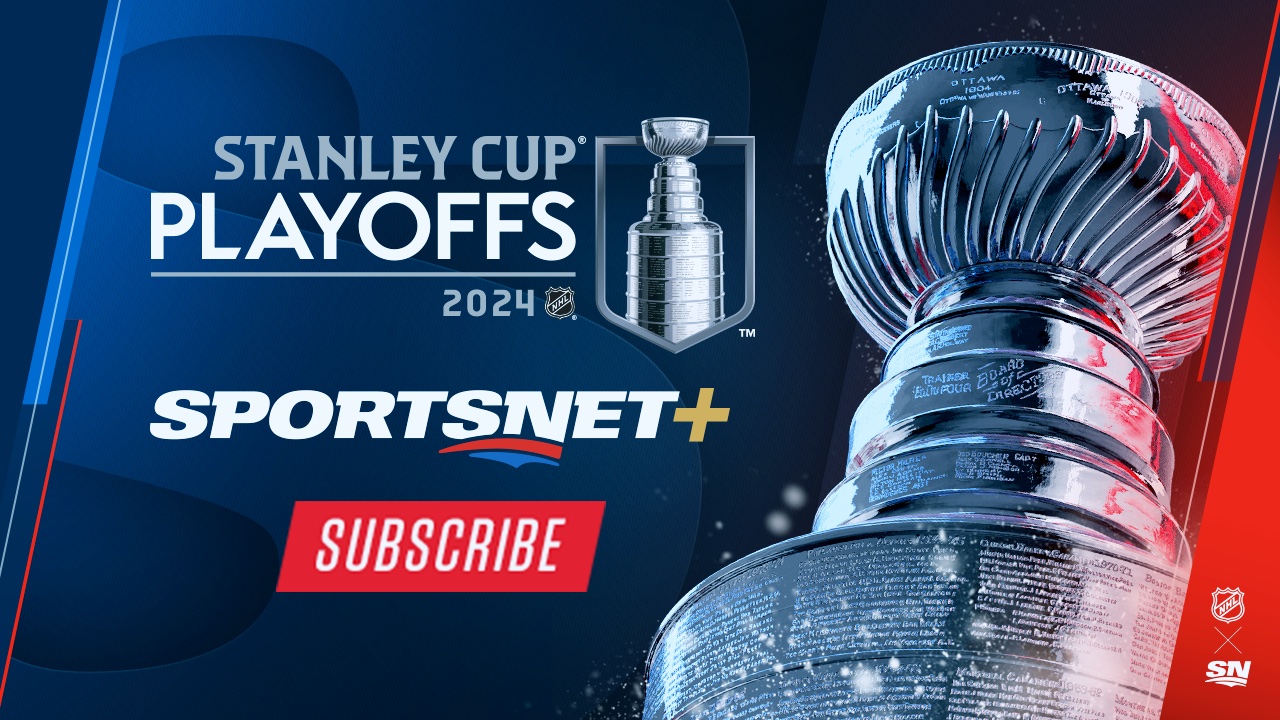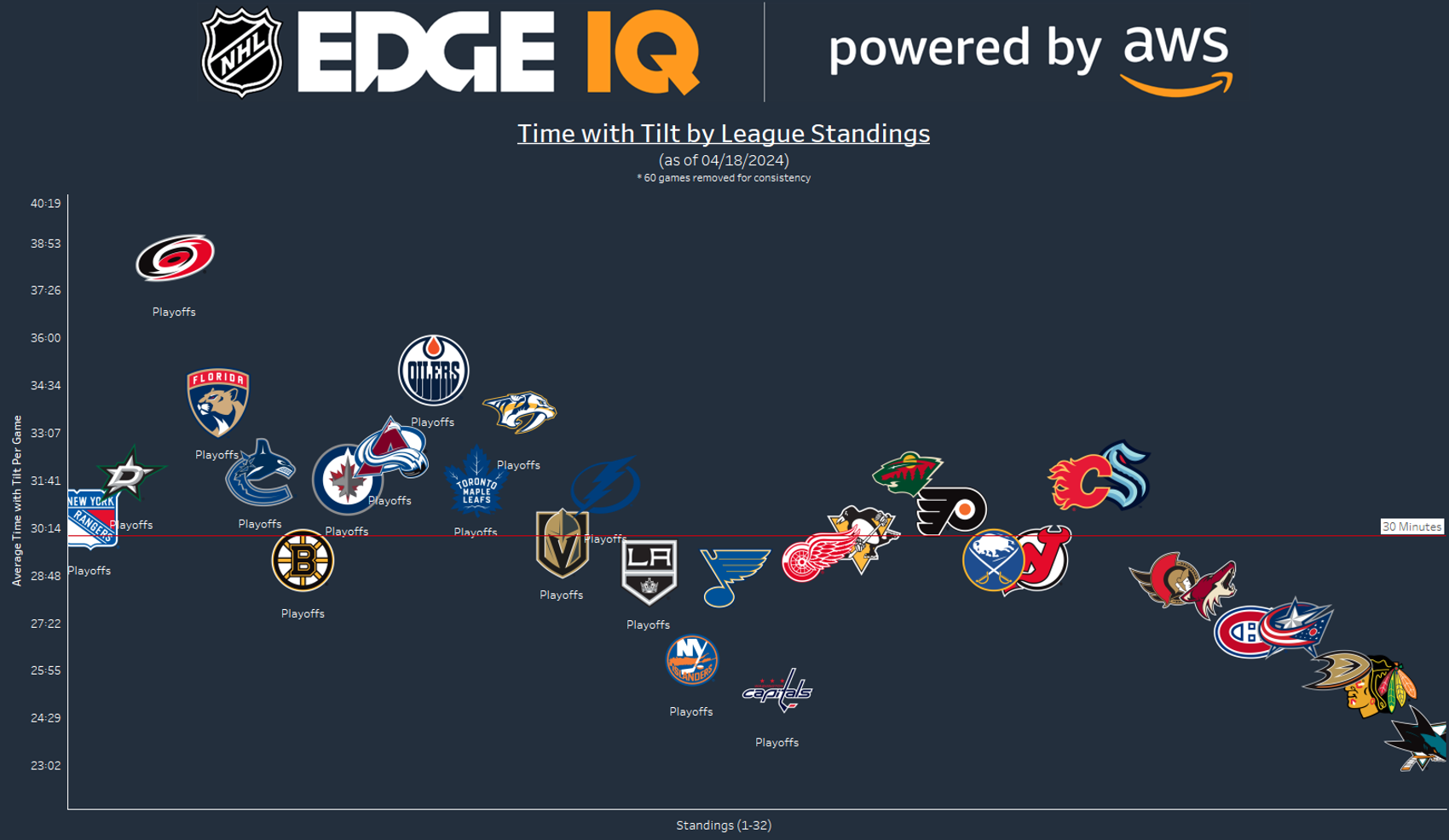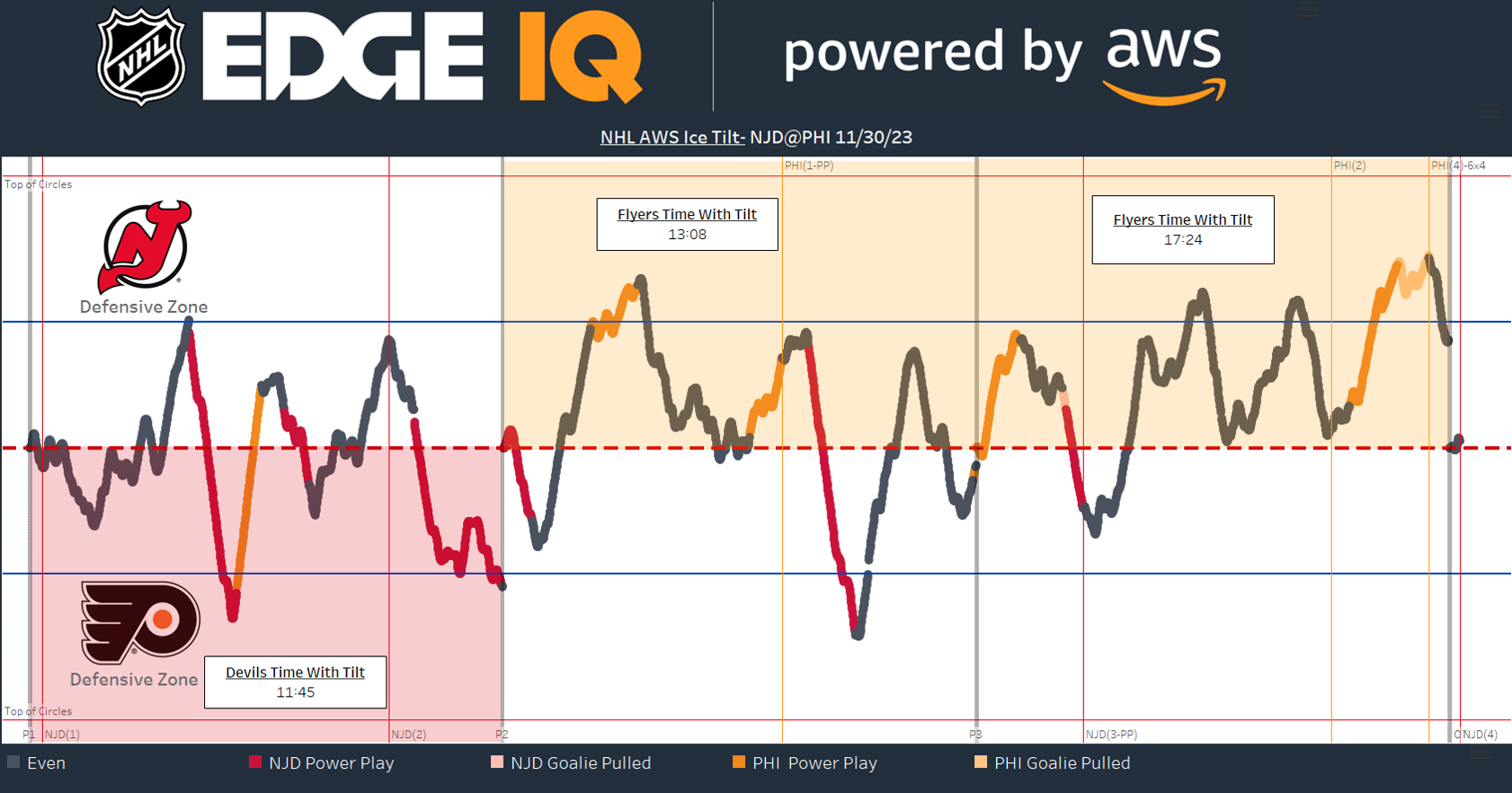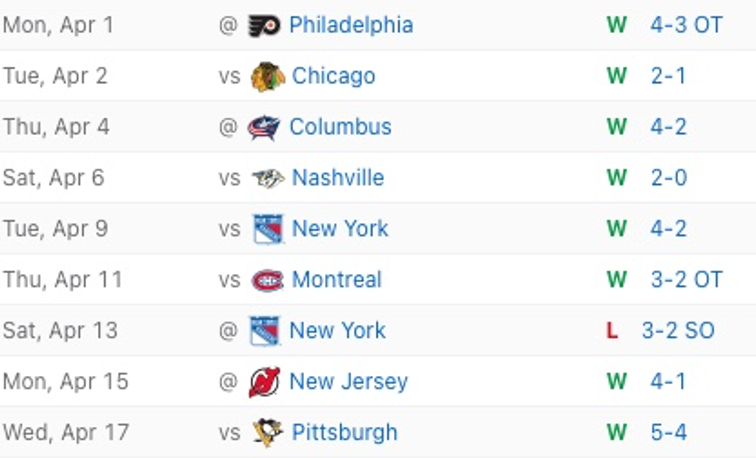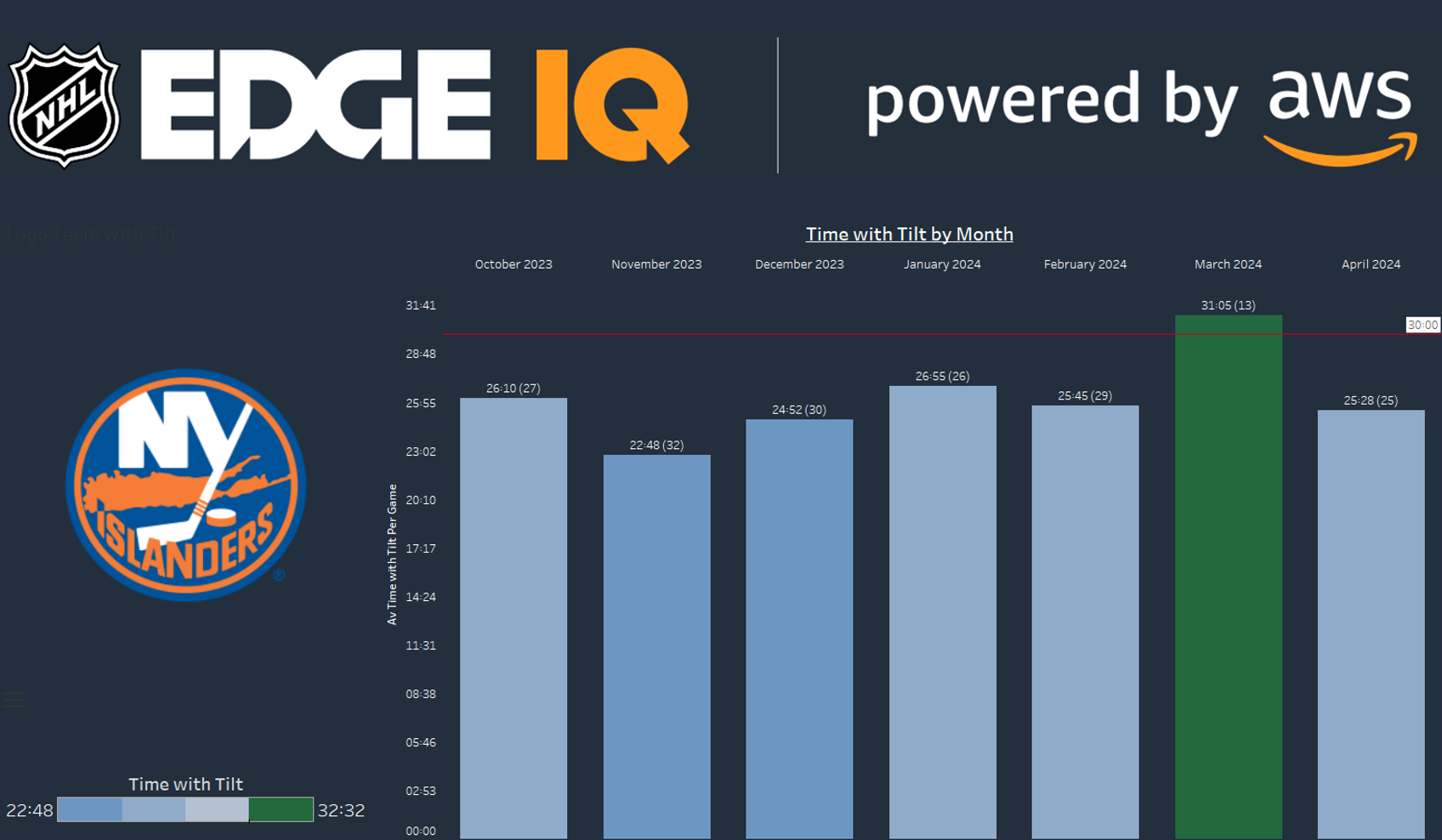There’s a reason hockey fans get annoyed when a broadcast doesn’t show a shot counter beneath the actual score. That reason: the typically low score in hockey games doesn’t always tell us which team actually carried the play. Shots provide context for who’s been playing better, and that context becomes most interesting when it contradicts the score. “Did you see Seattle outshot Washington 41-19 but lost 2-1?” translates to “Did you see Seattle lost when they deserved to win?”
And so, over the years, avid fans have layered various methods of measuring which hockey teams are actually controlling the run of play because in this sport, random ricochets and great goaltending can hand out wins when they weren’t warranted.
We now use shots and shot attempts and expected goals, all of which use metrics that involve shooting the puck. We also use “offensive zone time” and “offensive zone possession time,” both of which consider where the puck and play is at. And all of these things are useful in furthering the story by helping us measure and understand what we just watched.
And so, this is where Ice Tilt | NHL EDGE IQ powered by AWS comes in, a fresh take on where the players are at that offers us a new tool to track momentum and which teams are most adept at carrying the play. “Tilt” is just in reference to how, at some points, the action seems to get pulled towards one end of the ice like the whole rink has sunk on one side.
It’s one thing to joke about how “the Zamboni isn’t even going to have to scrape that end of the ice,” but it’s another to put a number to that kind of dominance.
As much as momentum has been (and will be) a challenge to pin down statistically, players and fans of the game are familiar with how it looks and feels. There’s almost an emotional element, an energy in the building that seems to feed the play. And it usually happens on the heels of two or three good shifts where one team is taking it to the other, and the besieged team has tired, trapped players on the ice who are diving into their own bench to make a change. Generally, if you can have the “tilt” in your favour more often than not — that positive momentum — you’re going to win more than you lose.
Of course, that checks out with the team-by-team numbers, which Ice Tilt is here to demonstrate. And while that might seem obvious, it’s fun to dig into which teams have the most tilt, and which teams have defied the odds and had success despite skating uphill most games.
Before we get into the fun stuff — looking into which teams control the “tilt” — some quick background on how this simple number is compiled: In plain English, it’s where the bodies are on the rink, measured over that time frame we referenced above (two or three shifts) which AWS has framed as a two-minute chunk of rolling time.
So if all 10 skaters are in the offensive zone for a couple minutes, the ice tilt will show up heavily in favour of the team on offence. This compilation of data uses the NHL EDGE chips in every player’s sweater, so we can measure exactly how far they are past the centre red line.
What I like about this is that it’s not just “O-zone time,” because let’s say the opposing team is standing behind their own net with the puck, waiting to establish a set break out. The way we track O-zone time now, that would qualify as “O-zone time” for the team defending the breakout (not “O-zone possession time,” but it would be “O-zone time”). After all, the puck is in the offensive zone, right?
But using the chips in the jerseys, you have to consider how a team defends a set break out. Usually only one forward will be up defending the puck carrier, two more will be farther back almost outside the offensive zone, and the defencemen might be back behind the centre red line.
And so, even though this is technically “O-zone time,” a team wouldn’t be awarded with heavy “ice tilt” in this scenario, nor should they be. Their five skaters are backed off, not pressing up, and so you can’t say they’re creating much momentum, or tilt.
That said: this would show a small amount of positive ice tilt, as most of the players are on the offensive side of the red. And that’s accurate too – you aren’t a threat to get scored on there, so you’d prefer that game state to many others. But it’s also very different from a team that’s all over the opposing team’s net, cycling the puck, recovering chances and pushing to score. In that scenario, you’d see heavy ice tilt.
To summarize, this is a look at where the bodies are on the ice over a short period of time.
We’ve seen a growth in hunger from hockey fans to better understand not just the score, but the “who deserved to win” portion of the game, because over time those teams tends to prevail. Teams with good processes often get the best results over 82 games, and generally over a seven-game series.
So, who’s had the most tilt, then? And how does it look across the league?
Below, all 32 NHL teams are listed left to right as they finished in standings points (as of April 17), with the Y-axis (up and down) showing how much ice tilt per game a team had.
Look at Carolina! They spend nearly two-thirds of their games in their opponent’s half of the ice. As you can see, Ice Tilt is like goal differential in that typically if you’re on the positive side of the ledger, you’re usually a playoff team.
But there is more to it than that. There isn’t one “catch-all” stat in hockey that satisfies every curiosity, but each is just another layer of context.
For example, score effects matter. Teams that play a lot with the lead tend to go into more of a defensive shell while the other team pushes, which can affect their tilt in a game. Positive tilt teams who just missed the playoffs may have been regularly chasing the score, down by a goal.
As we get more into Ice Tilt, we’ll look at using just two periods to see if the score effects of the third period heavily affected some team’s overall outputs. There’s a variety of ways to play with this information.
Also, since these totals include whole games, special teams matter too. We have found that special teams don’t have as big of an impact as you’d think, as the Carolina Hurricanes show up as the undisputed ice tilt kings of the NHL, yet they spent the sixth-most time shorthanded this season.
What’s great is that you can zoom in on any one particular game, and get that battle’s more detailed story.
Below, you can see how the Philadelphia Flyers got outplayed in the first period of this game against New Jersey and fell behind 2-0 (the vertical lines show where goals were scored). Then they took over, controlled the ice tilt, and outscored the Devils 3-1 over the remainder of the game. The Flyers absolutely dominated the third period, where they spent over 17 minutes on the Devils’ side of the centre red line.
Now, of course, because this is hockey, the Devils scored in OT and won this game.
That might be how easily “ice tilt” will slip into every day use. It clearly tells us which teams will win the most over time, but it can also highlight the day to day injustices that happen around the league over the course of an 82-game season (as seen above).
Without getting too deep into this introductory article, we’ll also be able to look at not just “who had tilt,” but also how much, measured in either feet past the red line or as a percentage (but we can talk more about that later).
Another neat trick of Ice Tilt is that it can show us how a change can affect a team. Patrick Roy started coaching the New York Islanders towards the end of January, and their underlying numbers immediately got better. By March, they were finally controlling Ice Tilt (up to 13th-best in the league that month), before experiencing a fall-off in April. But remember: the Islanders took two points in nine of 10 games in April.
That means the Islanders were defending for a lot of pushes from their opponents, and score effects would have negatively affected their April ice tilt.
So, when you see where the Islanders are in the league in April, maybe it doesn’t look pretty. But when you see their best since switching to Roy (March), maybe you feel a little better about their chances.
In all, Ice Tilt seeks to show you where the battle took place. Maybe a team doesn’t generate a ton of shots in a game, but if their players are more often around the opposition’s net, it’s possible they’ll get more “lucky breaks” just by operating away from their own end.
We know that it’s important to drive play. We know that momentum swings happen in hockey games. And we know how the vibes feel when it seems like a team is skating uphill. With Ice Tilt, we should be able to step back, look at the numbers, and confirm or deny those feelings, with a definitive number showing just where on the rink any given game was truly played.
Through the playoffs on our broadcast and on Sportsnet.ca, we’ll continue to explore this new element in breaking down a game and series.
